Herzl’s Troubled Dream: The Origins of Zionism
Zionism has been seen either as a movement of national liberation or as a form of settler colonialism. In reality, it is both.
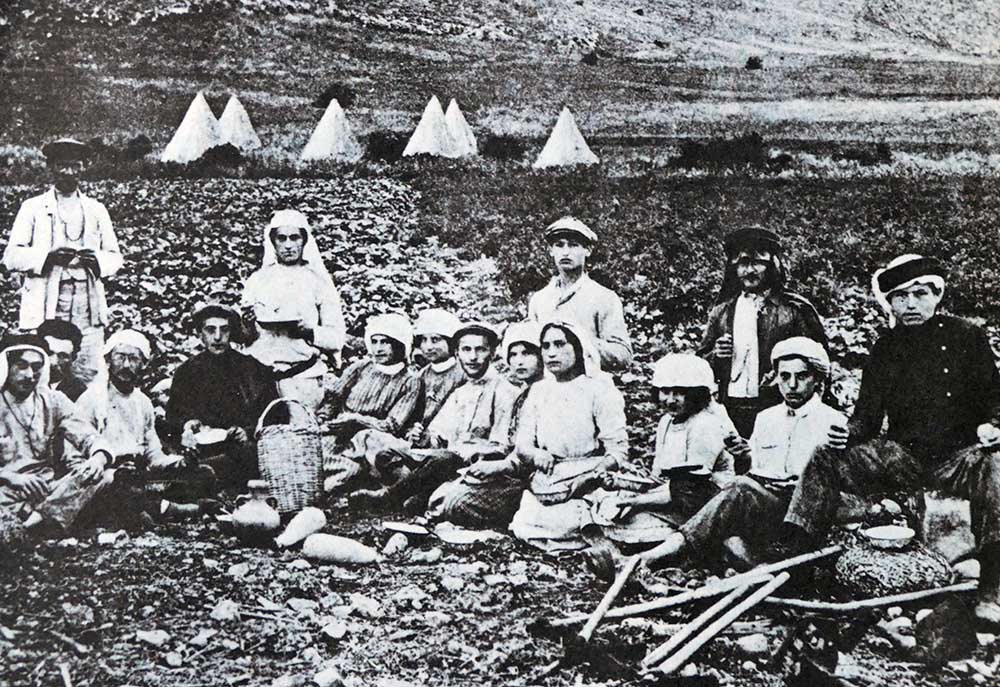
Living and working in what is now Lithuania in the second half of the 19th century, the Russian Jewish writer Moshe Leib Lilienblum was confident that, with the right education, Jews and Christians would shed their religious prejudices and learn to live together. An advocate of the Jewish Enlightenment (Haskala), Lilienblum saw the root cause of antisemitism as ignorance. It followed that once Jews and Gentiles had emancipated themselves from superstition, they would coexist harmoniously in a modern, liberal Europe. Reason would unite what historical contingency had torn asunder.
Lilienblum’s faith in the healing power of reason would soon dissipate. During a pogrom in 1881, he spent several days in hiding as gangs rampaged the land in search of Jews. The pogromists, he later recalled, were not just pitchfork-wielding, religious peasants. Students and the proletariat – modern, urban, progressives – had joined the frenzy, targeting religious and secular Jews alike. In that moment, Lilienblum wrote, ‘all the old ideals left me in a flash’. He became a nationalist.
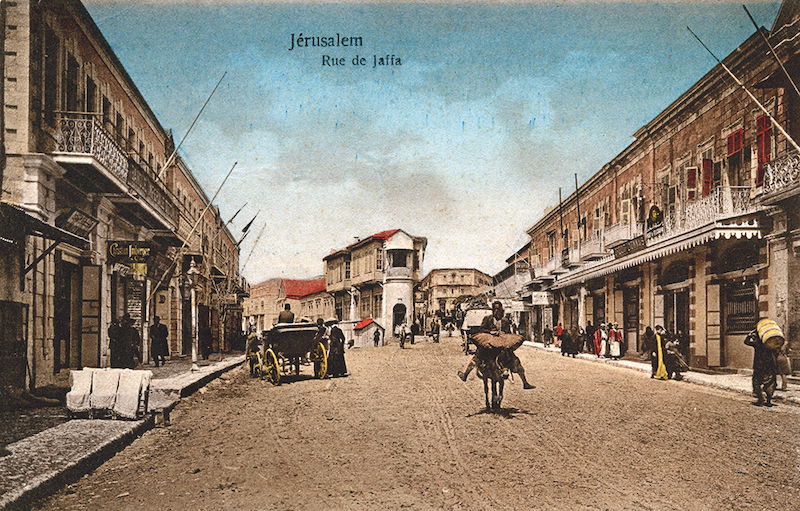
Living in exile
The subject of Zionism – the term for Jewish nationalism first used by the Austrian journalist Nathan Birnbaum in 1890 – elicits strong feelings. For some, the Zionist movement and its progeny, the State of Israel, represent national liberation; the chance for Jews to rule themselves. For others, Zionism is a racist, colonial project. Such a Manichean understanding of Zionism – national liberation versus settler colonialism – is too reductive. The story of Jewish nationalism is more complex.
The belief that there exists a divine covenant between Jews and the Land of Israel (Eretz Israel) is a cornerstone of Jewish identity. In the period between the Jewish expulsion by the Romans some 2,000 years ago and the founding of the State of Israel in 1948, many Jews identified themselves as a diasporic people waiting for the Messiah to lead them back to the Holy Land. Various candidates arose in different times and places, such as the mystic rabbi from Ottoman Smyrna Sabbatai Zevi, who eventually converted to Islam on threat of death. But during this period of ‘exile’, Jewish religious leaders cautioned against a premature return and urged their co-religionists to be patient and adjust themselves to life in exile. In the 19th century, this quietist approach began to change.
The French Revolution was the primary cause of this development. In 1791, the National Assembly in Paris announced the emancipation of France’s Jewish minority. For the first time, French Jews enjoyed equality before the law. Schools and universities opened up to them, and new professions were made available. ‘The gates of the Jewish ghetto were flung wide open’, wrote the philosopher Isaiah Berlin, ‘and its inmates, after centuries of being driven in upon themselves, were permitted to emerge into the light of day.’
Expanding beyond France’s borders, emancipation created an identity crisis in the Jewish community. Before 1791, communal leaders were able to maintain something approaching a cohesive group identity within the confines of the ghetto. (In the ghetto, the Zionist writer Max Nordau would later write, ‘the Jew had his own world’.) After emancipation, however, as the ghetto gates creaked open and modern ideas encroached on sacred terrain, what had been a distinctive identity began to blur. What did it mean to be Jewish in a world where reason trumped belief and individualism challenged communal identities?
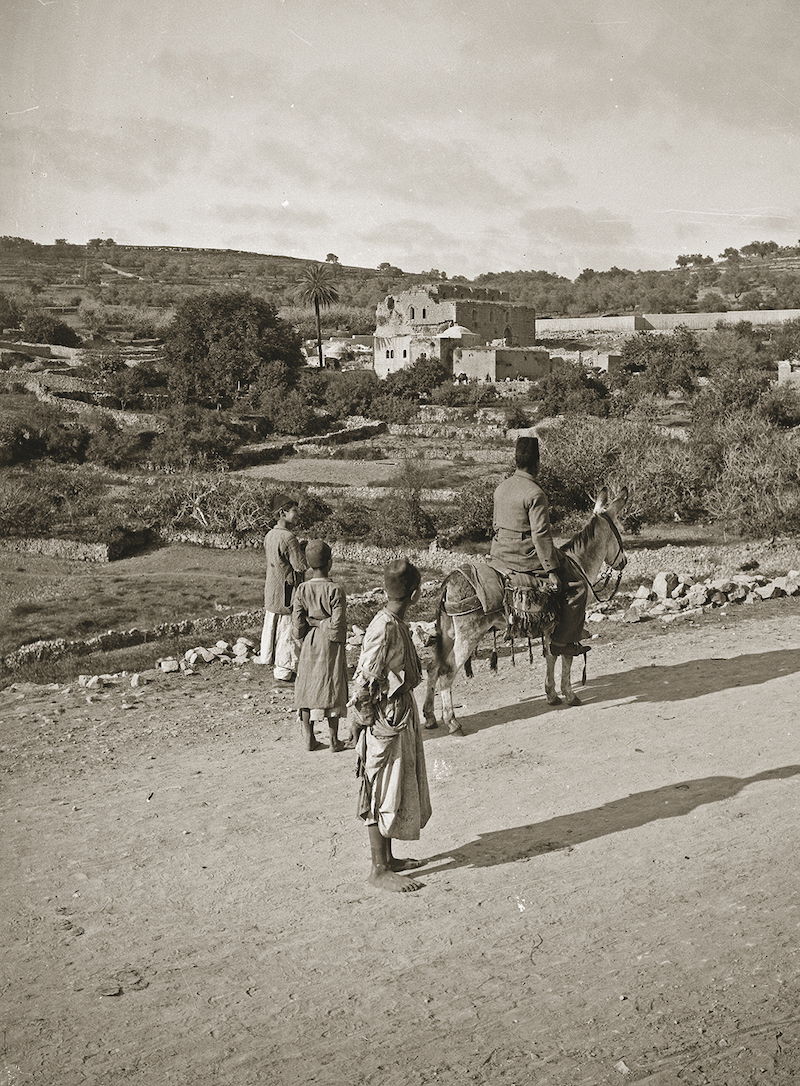
The emergence of Zionism
A number of answers to this question were proffered. Some, like Lilienblum, chose assimilation in the belief that a liberal, enlightened Europe would embrace its minorities. Others adopted a reformed religious identity where Judaism would be confined to the private sphere. Still others chose the Orthodox route of holding fast to their faith. A small minority, however, began to contemplate a response which drew on another big idea that was emerging from the social upheavals of modern Europe: nationalism.
During the 19th century, European Christians began to identify with whatever nationality they felt an affinity with. A new breed of nationalist intellectual revived and glorified the historic triumphs of their people, rejoicing in the distinctiveness of their language and culture, and eventually demanding the right of self-determination. The emergence of nationalism also deepened the Jewish existential crisis, however. Jews were now forced to choose between their Jewish and, say, Lithuanian identities. Antisemitism made the choice a false one; Jews were often excluded from the national body, however they wished to identify.
Zionism emerged from this world. A minority of Jewish thinkers concluded that the only way to secure their community would be to build a Jewish national home. Self-determination – what the Russian Zionist Leon Pinsker called ‘auto-emancipation’ – was the only way. ‘The great ideas of the eighteenth century have not passed by our people without leaving a trace’, Pinsker wrote in his 1882 pamphlet Autoemancipation: ‘We feel not only as Jews; we feel as men. As men, we, too, would fain live and be a nation like others.’
The idea of national self-determination went against the quietism of the clergy. However, moved by the emerging nationalist zeitgeist, rabbis Yehuda Hai Alkali and Zvi Hirsch Kalischer argued that Jews should actively reject the exilic life and settle Eretz Israel as a prelude to Redemption. As Alkali wrote in 1845: ‘The land must, by degrees, be built up and prepared.’ Other early Zionists composed their calls for self-determination in a more secular key. In his 1862 tract Rome and Jerusalem, the German Jewish thinker Moses Hess – a figure Marx referred to as ‘my communist rabbi’ – blended socialism and the ideas of Italian nationalist Giuseppe Mazzini to advocate the founding of an independent Jewish socialist commonwealth.
Despite these early calls for self-determination, Jewish nationalism did not initially attract many adherents. This began to change in the last quarter of the 19th century. In 1881, the Russian tsar Alexander II was assassinated in an act that sparked a wave of anti-Jewish pogroms across Russia – the same violence that disabused Lilienblum of his idealism. Further west, the pan-Germanist Georg Ritter von Schönerer was espousing racist myths about all-powerful Jews, and in the 1890s there followed an outpouring of anti-Jewish sentiment in France in response to the false accusation of treason against the artillery officer Alfred Dreyfus. By the century’s denouement, antisemitism was casting its shadow across Europe.
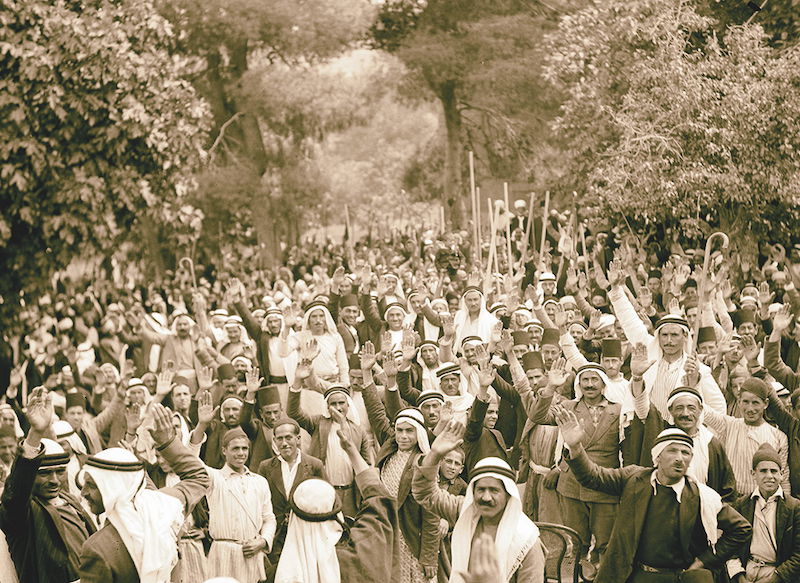
Palestine
One observer watching the darkening clouds gather was the Austro-Hungarian journalist Theodor Herzl. An unlikely Jewish nationalist, Herzl was an assimilated member of Vienna’s middle class who had little interest in the religion or culture of his forefathers. His emotional and intellectual hinterland was almost entirely made up of the culture and politics of central Europe’s German-speaking communities. Bismarck, Wagner, pan-Germanist fencing clubs – this was the cultural matrix that animated the man who would found the Zionist movement.
Despite his lack of interest in Judaism or Jewish culture, Herzl was all too aware of antisemitism. During the 1890s, he came to believe that emancipation had failed because it had led to economic competition between Jews and Gentiles, which in turn had generated anti-Jewish prejudice. Jews had been liberated from the physical ghetto, he concluded, but racism now confined them to a new ghetto whose walls were not immediately visible but were real nonetheless.
Herzl committed himself to liberating Jews from this new ghetto. After contemplating a number of schemes, such as socialist revolution and mass conversion to Christianity, Herzl landed on national self-determination. No singular event seems to have occasioned this decision. In 1899, Herzl wrote in an American journal that ‘what made me a Zionist was the Dreyfus trial’, but the historians Shlomo Avineri and Derek Penslar have both convincingly argued that this was an apocryphal tale. It is likely that Zionism came to him gradually during the 1890s. Herzl did not mention it in his articles or – more importantly – in his diary while he reported on the Dreyfus Affair.
In his 1896 pamphlet The Jewish State, he argued that the establishment of a modern, European homeland for Jews would provide a refuge for a persecuted people and prevent competition with non-Jews. Antisemitism would disappear and Jews would be able to ‘live at last as free men on our own soil’. In the years following the publication of The Jewish State, Argentina and east Africa would both be mooted as possible locations for the new homeland, but these territories lacked the draw of the Holy Land. Palestine – ‘our ever-memorable historic home’ – was the dream.
Herzl’s vision was not accepted by all. The eastern European intellectual Ahad Ha’am, whose Zionism focused on renewing Judaism rather than fighting antisemitism, castigated Herzl for what he described as his ‘mechanical mimicry’ of Europe. Ha’am viewed Herzlian Zionism as just another form of assimilation, typical of western European Jews who knew little about their ancestors’ faith. He was more interested in establishing a country that was uniquely Jewish rather than a European-style state for Jews.
Palestinian Arabs were, unsurprisingly, not supportive. In 1899 the mayor of Jerusalem, Yusuf Diya al-Din Pasha al-Khalidi, told Herzl that it was ‘pure folly’ to attempt to establish a Jewish country in Palestine because it was ‘inhabited by others’. Herzl, who viewed non-Europeans as backward (in The Jewish State he envisions the Jewish homeland as ‘a rampart of Europe against Asia, an outpost of civilisation as opposed to barbarism’), reassured the mayor that Zionism would benefit all Palestinians: ‘No one can doubt that the well-being of the entire country would be the happy result.’ Despite the opposition, Herzl ploughed on, conscious of the ever-growing threat to European Jewry. One year after the publication of The Jewish State, Herzl convened the First Zionist Congress in Basel and established the World Zionist Organization (WZO). ‘Zionism seeks to establish a home for the Jewish people in Eretz Israel secured under public law’, declared the WZO. Zionism was now an organised movement of national liberation, although Herzl’s premature death in 1904 would mean he would not witness its fruits.
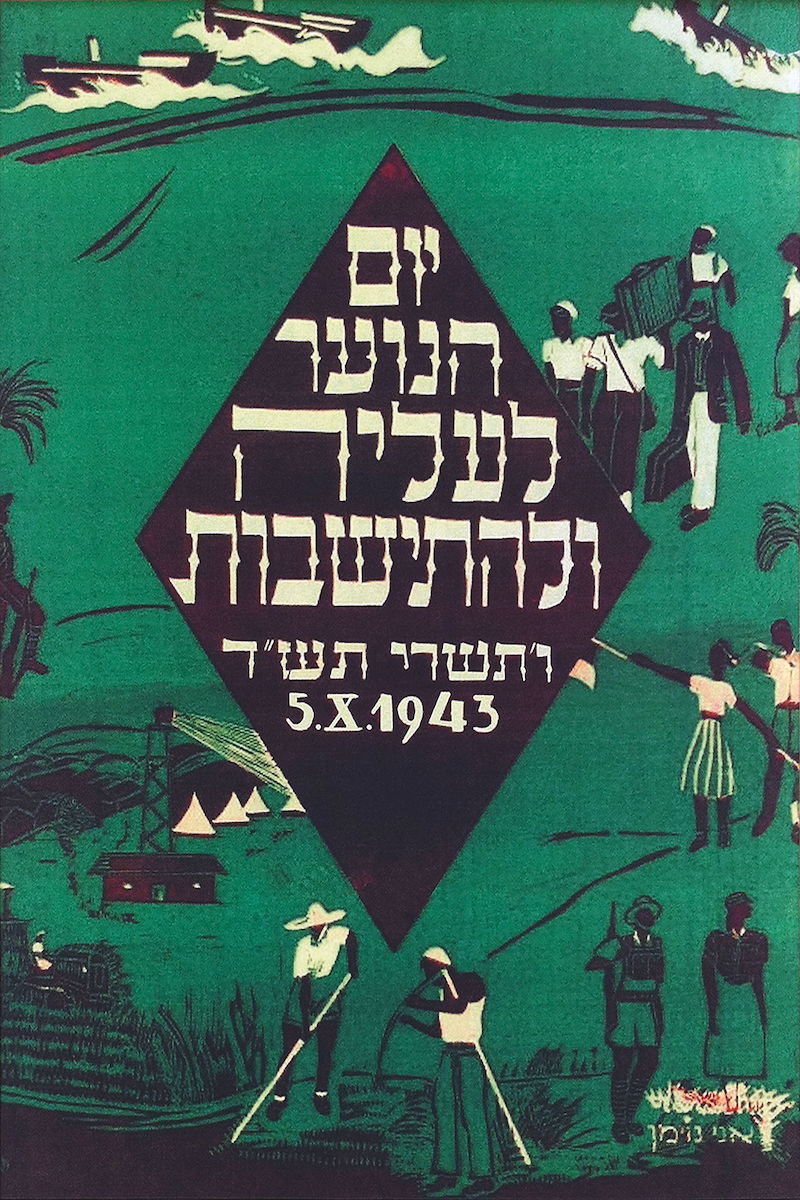
A ‘New Jew’
The story so far captures one aspect of Zionism. It was a national movement that sought to liberate an oppressed community. However, Zionism was a national movement for a people without a land; it needed a land without a people, a terra nullius on which a new society could be crafted. And here we come to its second aspect. In building a Jewish homeland in Eretz Israel – a territory also known as Ottoman Palestine or Greater Syria or the Holy Land – at the expense of the Arab population, the Zionist movement would acquire a settler-colonial dimension, bearing a family resemblance to other ‘New World’ societies such as the United States or Australia.
The turn of the 20th century saw many Jews escape the pogroms and poverty of Europe for America. A small minority, though, headed to Ottoman Palestine, an Arab area with a small indigenous Jewish community. Arriving with a hazy plan of establishing a national home, the more ideologically motivated immigrants spoke excitedly of a two-fold redemption: one of the land and one of their people. Eretz Israel, they argued, had gone to seed without Jews and under Muslim rule, and should be transformed into a modern European country – Herzl’s ‘outpost of civilisation’. Similarly, they claimed that diaspora Jews had lost a certain national vitality. Building Israel from the ground up would create a ‘New Jew’; a bold, muscular pioneer who shunned Viennese coffee houses in favour of hard toil in the Holy Land. In the words of one popular Zionist song: ‘We came to this land to build it and to be rebuilt in it.’
Zionist ideologues also talked of the need to ‘conquer’ the land and establish an exclusively Jewish economy in Palestine. This meant purchasing territory from Arab landlords and replacing Arab labourers with Jewish workers. It also meant encouraging Jewish employers to employ Jews only. This may have had limited success as a policy, but the message to Palestinians was clear: the Zionist movement wanted the maximum amount of land and the minimum number of Arabs. This was to be achieved through land purchases and immigration. But many also talked of the need to ‘transfer’ the Palestinians – a euphemism for ethnic cleansing – as a prerequisite for building a Jewish majority homeland. The Zionist leader Leo Motzkin spelled this out:
‘Our thought is that the colonisation of Palestine has to go in two directions: Jewish settlement in Eretz Israel and the resettlement of the Arabs of Eretz Israel in areas outside the country.’
The First World War marked a key turning point in the quest for Jewish national self-determination. In November 1917, British foreign secretary Arthur Balfour committed Britain to ‘the establishment in Palestine of a national home for the Jewish people’ with the proviso that the rights of the ‘non-Jewish’ communities were respected. The British occupied Palestine in December and in 1922 the League of Nations bestowed on London a mandate for the territory that included the Balfour Declaration. The Zionist movement now had the backing of a great power.
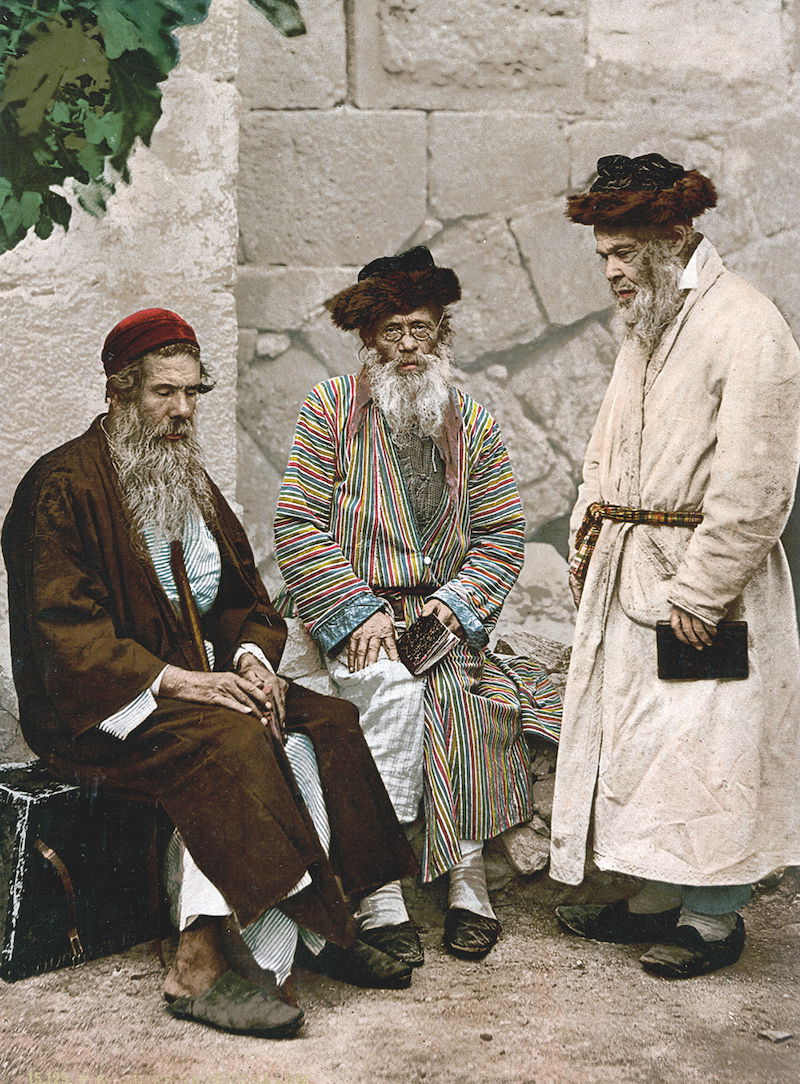
Growing tensions
The British Empire’s support for Zionism was a boost for Jewish nationalism and a blow for Palestine’s Arabs. By 1920, the population of Palestine was 650,000, with Muslim and Christian Arabs making up 90 per cent of the population and the Jewish community (Yishuv) the remaining ten per cent.
Tensions between the Yishuv and Palestinians grew. Under the auspices of the British authorities, the blurry outlines of a Jewish state – a governing body (Jewish Agency) led by the Labour Zionists, a trade union organisation (Histadrut), a military force (Haganah) and other proto-state features – were coming into focus. The expulsion of Arabs from farmland and the building of an exclusively Jewish economy antagonised the native Palestinians, who felt the ground beneath their feet disappearing. As an editorial in the newspaper Filastin put it:
‘Ten years ago the Jews were living as Ottoman brothers … The Zionists put an end to all that and prevented any intermingling with the indigenous population.’
This friction morphed into violence with particularly bloody incidents in 1921 and 1929. The Labour Zionist leader and head of the Yishuv David Ben-Gurion was not surprised that relations with the Palestinians were spiralling downward. As he once explained: ‘We, as a nation, want this country to be ours; the Arabs, as a nation, want this country to be theirs.’ His opponent, Ze’ev Jabotinsky, leader of the right-wing Revisionist movement, also viewed Palestinian hostility as natural. ‘The native populations, civilised or uncivilised, have always stubbornly resisted the colonists’, he wrote in 1923. The Arabs looked on Palestine as ‘any Sioux looked upon his prairie’.
Not all Zionists held this zero-sum view. The group Brit Shalom, for example, advocated peaceful co-existence and the creation of a bi-national Jewish-Arab commonwealth. However, the diverging aims of Jewish settlers and the native Palestinians meant that conflict was inevitable. For Zionism to succeed, the Yishuv had to be ready for war. As Jabotinsky argued, the settlers would have to construct an ‘iron wall of Jewish bayonets’ to protect them from native anger.
The violence intensified. From 1882 to 1931, 187,000 immigrants travelled to Palestine. Between 1932 and 1938, 197,000 Jews sought refuge in the Holy Land due to the rise of the Nazis and the tightening of border restrictions by liberal democracies such as Britain and America. Such a dramatic increase in the rate of immigration sparked an anti-colonial insurgency. Under the leadership of the Arab Higher Committee, led by Haj Mohammed Amin al-Husseini, the Grand Mufti of Jerusalem, the Palestinians revolted against British rule and Zionist colonisation. The British colonial authorities and Jewish militias subsequently crushed the uprising, fatally weakening the Palestinian national movement.
In 1937, Britain proposed resolving the conflict by partition and a population exchange – a model that had been used in Ireland (1921) and Greece and Turkey (1923), and which would be used on the Indian subcontinent (1947). The Zionist leadership supported the proposal; a small state in Palestine was better than nothing. The Palestinians, who did not see why they had to share with newcomers, rejected it. Desperate to improve their stock in the Arab world, the British government issued a White Paper in 1939 which restricted Jewish immigration and offered a Palestinian state. Unsurprisingly, the Jewish Agency saw the White Paper as a betrayal of Balfour’s promise. Incredibly, the mufti also rejected it against the wishes of the Arab Higher Committee.
In February 1947, the British decided to leave Palestine. After the Second World War, the Zionist movement had launched a revolt against their former patrons in large part because of the White Paper, which the Zionist leadership condemned as ‘tantamount to a death sentence upon … those liberated Jews … still languishing in the internment camps of Germany’. Palestine by this point was in flames and London wanted out. In November, the United Nations proposed another partition plan: 55 per cent of Mandatory Palestine would be a Jewish state, with 500,000 Jews and 400,000 Arabs; the remaining land would be a Palestinian state, with 725,000 Arabs and 10,000 Jews. Jerusalem would be placed under international control.
The Zionist leadership accepted the proposal, while the Palestinian leadership rejected it. Jews made up only 37 per cent of the population and only owned seven per cent of the land. As the Palestinian historian Walid Khalidi later explained:
‘The native people of Palestine, like the native people of every other country in the Arab world, Asia, Africa, America and Europe, refused to divide the land with a settler community.’
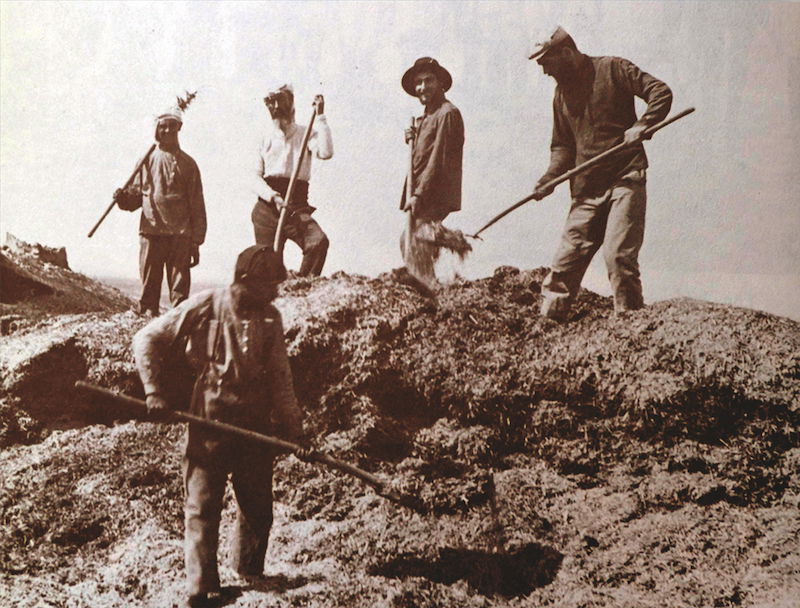
The promised land?
On 14 May 1948 David Ben-Gurion declared the independence of the State of Israel. The following day, the British withdrew and Egypt, Jordan, Syria and Iraq invaded. The First Arab-Israeli War ended with an Israeli victory and with Jordan and Egypt occupying the West Bank and Gaza respectively. It also resulted in the direct or indirect expulsion of an estimated 750,000 Palestinians.
Violence between Jewish settlers and Palestinian natives was always going to be the result – and one side was always going to lose out. In the words of Mordechai Bar-On, an Israel Defense Forces company commander during the 1948 war:
‘If the Jews at the end of the 19th century had not embarked on a project of reassembling the Jewish people in their ‘promised land’, all the refugees languishing in the camps would still be living in the villages from which they fled or were expelled.’
Zionism had succeeded in providing a state where Jews could determine their own fate. Israel would also prove a place of refuge for Holocaust survivors and for the estimated 800,000 Jews who would leave their homes in the Arab and Muslim world. Tragically, however, it achieved its aim through the colonisation of inhabited land. Palestine was no terra nullius; there was an indigenous population who would resist dispossession. Zionism’s supporters and detractors may wish to characterise it as either a movement of national liberation or settler colonialism. In reality, it is both.
William Eichler writes on the history and politics of Israel and Palestine.